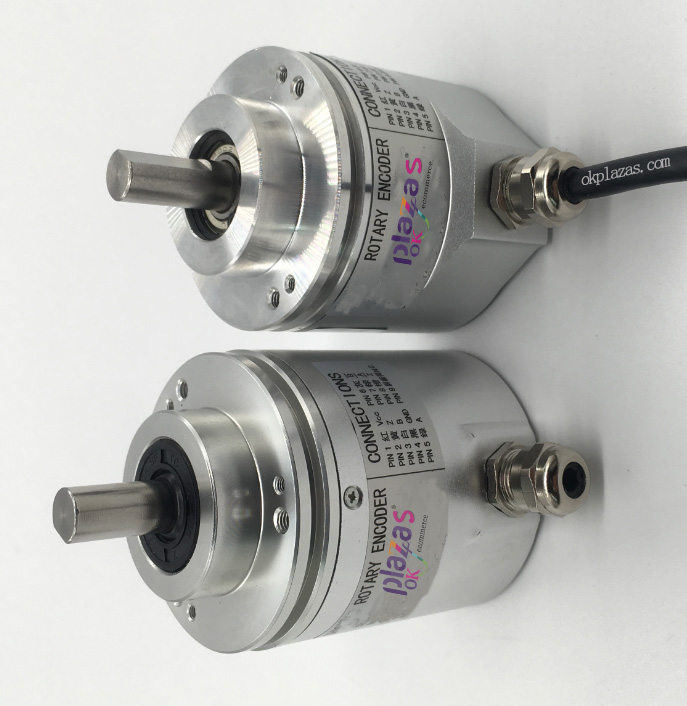What kind of output is better for motor encoder to resist interference
What kind of output is better for motor encoder to resist interference
What kind of output is better for motor encoder to resist interference
What kind of output is better for motor encoder to resist interference?
When motor motion control chooses an encoder output to counter interference, there are many technologies, and the amount of data available may be very large. Sometimes there is no problem with the quality of the encoder, but there are many interference factors, resulting in inaccurate counting. So what kind of output is better for the motor encoder to resist interference?

When the encoder is running, it is easily disturbed by surrounding factors, such as whether there is a motor, electric welding machine, whether it is transmitted in the same pipeline as the power line, etc. So what kind of output is better to fight interference? Generally, the anti-interference output with reverse signal is better, namely A+~A-, B+~B-, Z+~Z-, plus 8 power cords. The transmission of the reverse signal in the cable is symmetrical, and the interference is small. It can also be judged in the receiving device (for example, the signal of the receiving device uses the 90° phase difference of the A and B signals, and the level 10, 11 is read , 01, 00 four states, count as a valid pulse, this program can effectively improve the system's anti-interference performance (accurate counting)).
① Eliminate (turn off, isolate) the interference source, ② determine whether it is the cumulative error of the mechanical gap, ③ determine whether the circuit interface of the control system and the encoder does not match (encoder selection error); ①②③The fault phenomenon is eliminated after the method is tried, It can be preliminarily judged whether it is a problem with the encoder itself.
What kind of output is better for motor encoder to resist interference? Determine if it is a problem with the encoder. The specific method of elimination is: replace it with an encoder of the same model. If the fault phenomenon is the same, the encoder fault problem can be basically eliminated, because the occurrence of a small probability event that two encoders fail at the same time may be very small. Change to an encoder of the same model, and the malfunction disappears, that is, the encoder has a problem.





